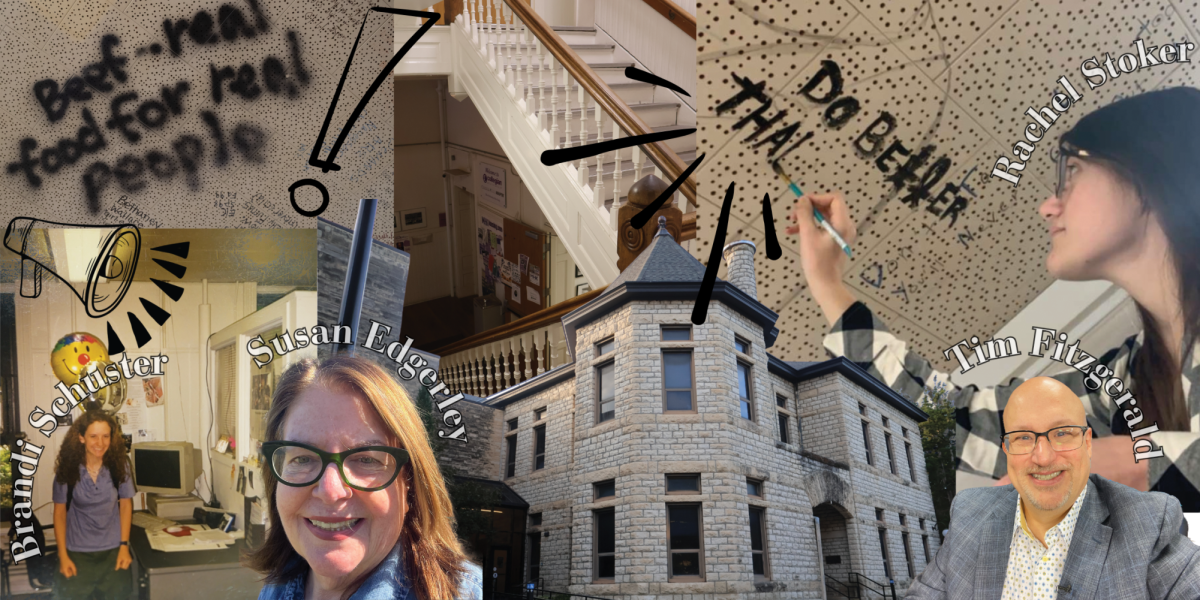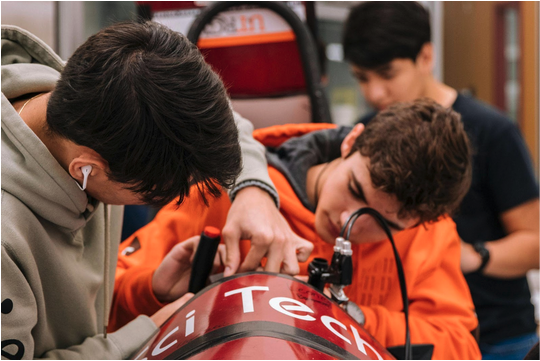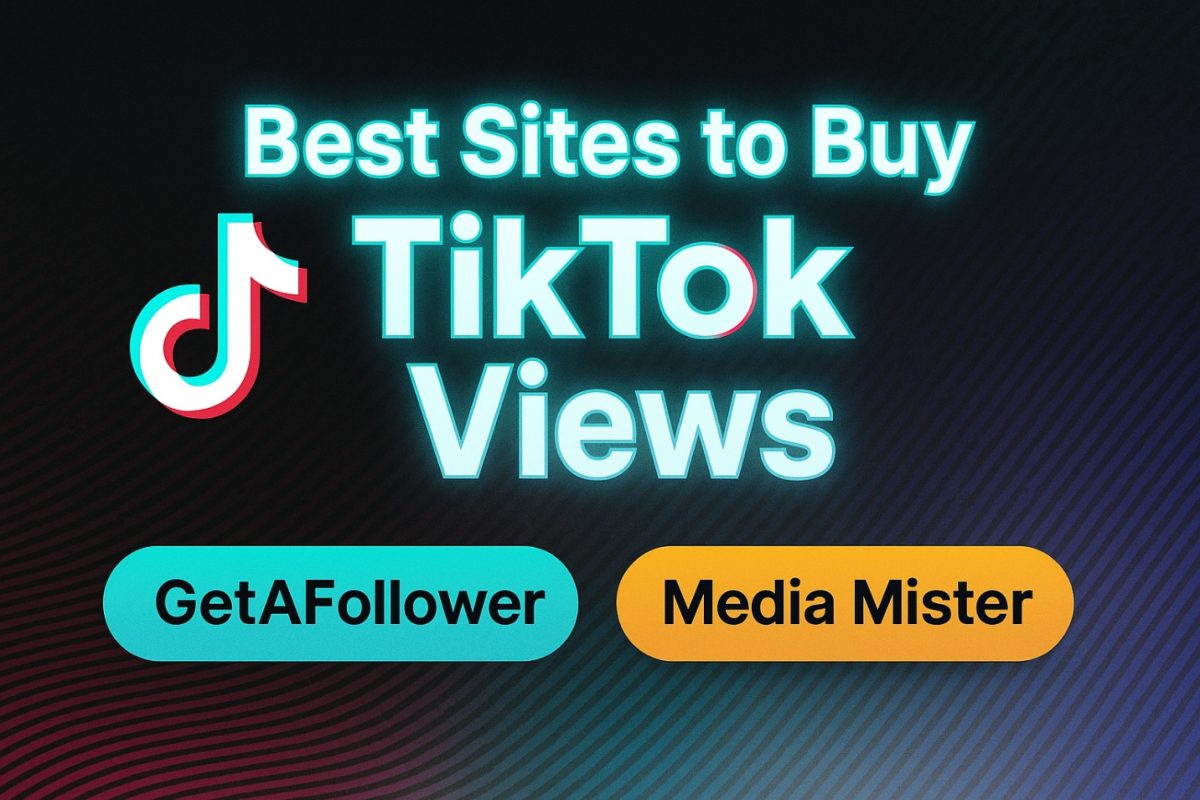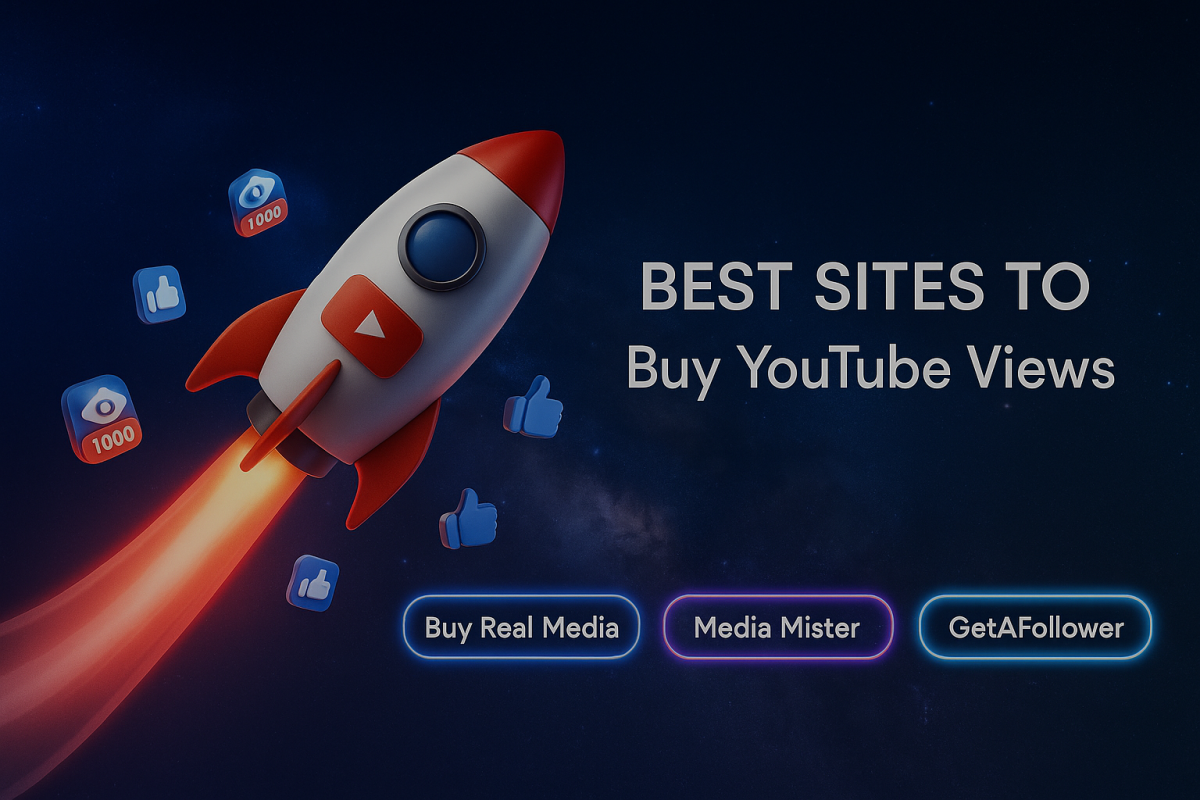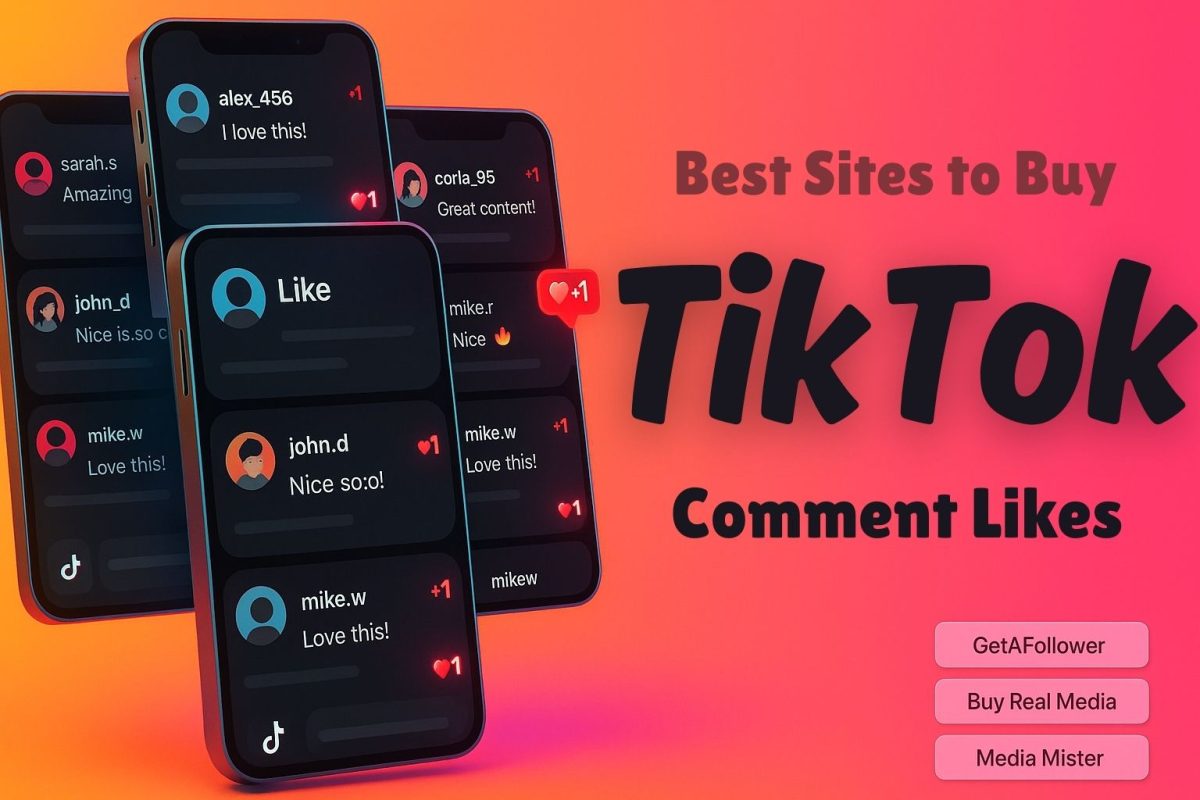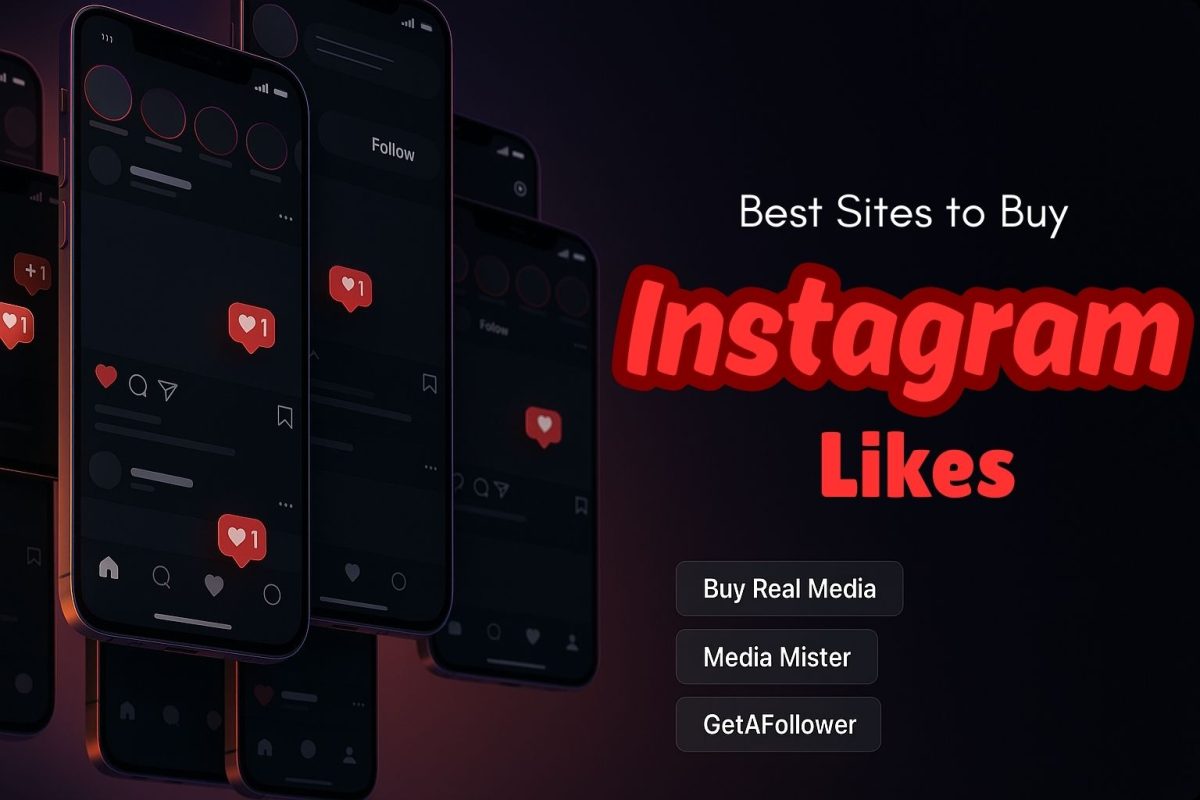Photo by Jeswin Thomas
Creativity and technology have long been viewed as distinct forces—creativity being the domain of artists and innovators, and technology belonging to engineers and scientists. However, these boundaries are rapidly dissolving. In today’s fast-paced world, cutting-edge technology is not just a tool but a driving force behind creative solutions across various industries. From healthcare to entertainment, predictive analytics and other technological advancements are fostering unprecedented levels of innovation. This synergy between creativity and technology is unlocking new possibilities that continue to reshape how we live, work, and think about the future.
The Role of Predictive Analytics in Innovation
Predictive analytics is one of the most transformative technologies fueling innovation across industries. By analyzing historical data and using algorithms to predict future outcomes, this powerful tool enables businesses to make informed decisions with higher precision. In the healthcare sector, for example, predictive analytics helps doctors and medical professionals forecast disease outbreaks, optimize treatment plans, and even predict patient outcomes based on historical data. This innovative approach enhances patient care and reduces costs, showing how technology can drive creativity in problem-solving.
In retail and e-commerce, predictive analytics is revolutionizing how companies interact with customers. Businesses can tailor marketing efforts by predicting consumer behavior, creating highly personalized experiences that boost engagement and sales. Predictive analytics enables creative strategies such as dynamic pricing, where prices fluctuate based on demand, trends, and customer behavior. This fusion of creativity and technology exemplifies how innovation can transform traditional business models.
Creative Technology in the Entertainment Industry
In the entertainment industry, technology fuels creativity in unprecedented ways. AI-driven algorithms, for instance, are being used to generate personalized content recommendations for users, enhancing the viewer experience on platforms like Netflix and Spotify. These algorithms utilize predictive analytics to determine which shows or songs a user is most likely to enjoy based on past behaviors, offering a creative, data-driven approach to content delivery.
Moreover, the rise of virtual reality (VR) and augmented reality (AR) in gaming, movies, and live performances is opening new realms of creativity for creators and consumers alike. Filmmakers can now produce immersive VR experiences, while game developers use AR to blend virtual environments with the real world, creating interactive and engaging experiences that were once confined to science fiction.
Technology Transforming Traditional Industries
While entertainment often steals the spotlight, creativity fueled by cutting-edge technology is also transforming traditional industries. In manufacturing, technologies like 3D printing and automation are enabling rapid prototyping and custom production, reducing waste and speeding up development times. This new level of efficiency allows manufacturers to experiment more with design and process, pushing the boundaries of what’s possible in product development.
The agriculture sector, too, is benefiting from innovations such as smart farming, where drones, IoT devices, and predictive analytics work together to optimize crop yields, monitor soil conditions, and conserve resources. The combination of creativity and technology enables farmers to tackle age-old problems like food shortages and environmental sustainability with cutting-edge solutions.
Conclusion
As we move further into the digital age, it becomes clear that creativity and technology are deeply interconnected. Predictive analytics, VR, AI, and other advanced technologies allow industries to innovate in ways previously unimaginable. Whether optimizing healthcare, reshaping entertainment, or revolutionizing agriculture, technology drives creativity, enabling industries to explore new frontiers and solve complex challenges. The power of creativity, when combined with cutting-edge technology, is redefining the future across all sectors, proving that the possibilities for innovation are truly limitless.












































































